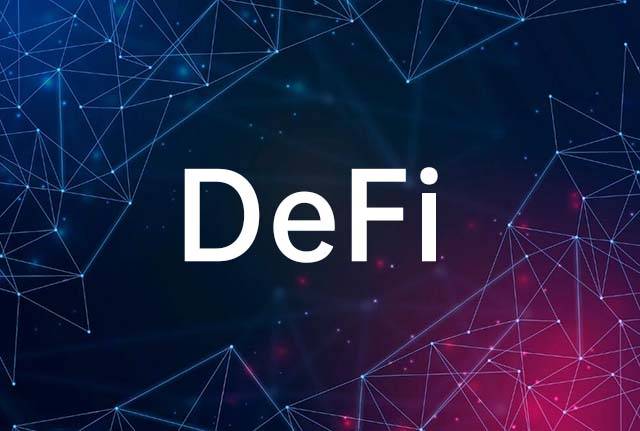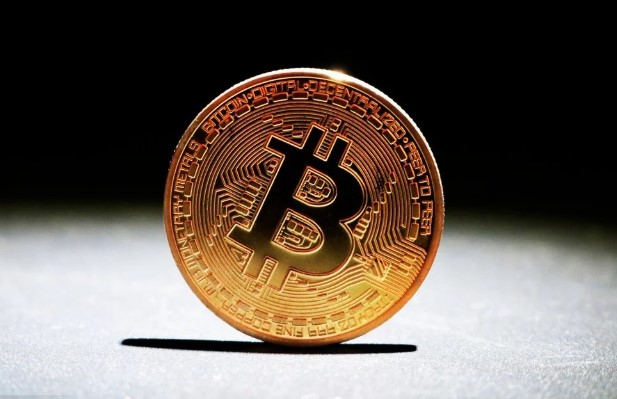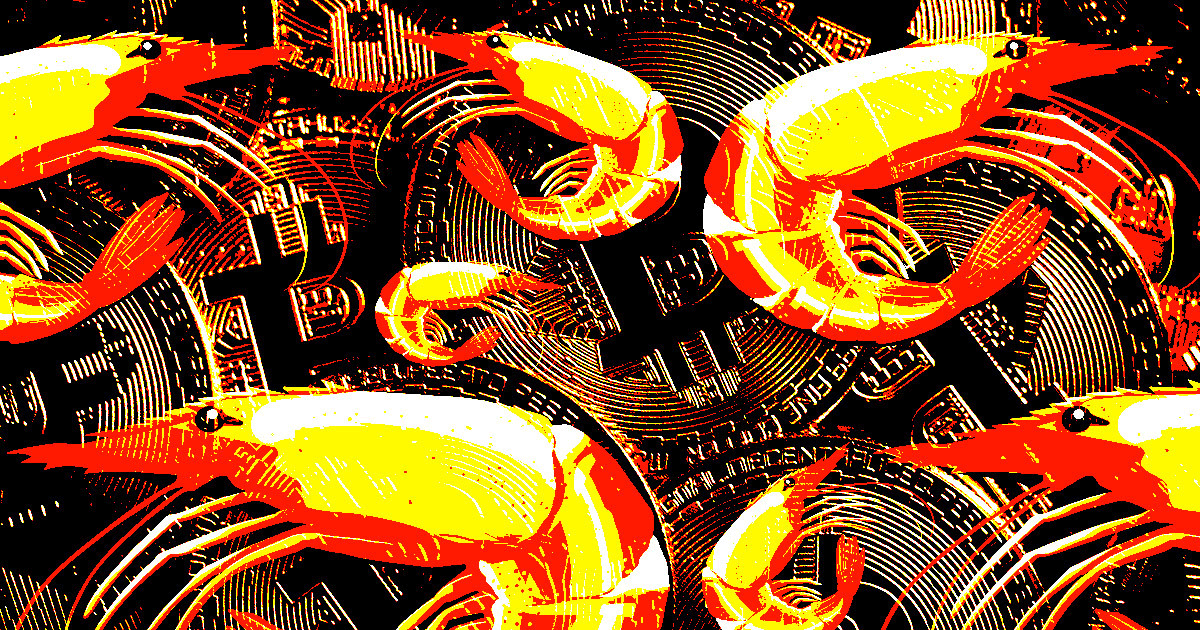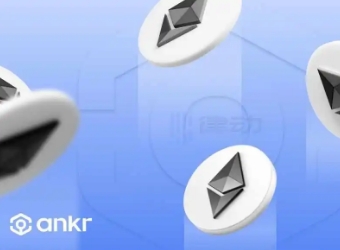What does DeFi2.0 mean? What are the advantages over DeFi1.0? DeFi 2.0 is a set of decentralized financial plans designed to improve DeFi 1.0. The plan focuses on enhancing liquidity, scalability, governance and security.
What is DeFi 2.0? The emergence of cryptocurrency provides a more user-friendly alternative for centralized financial institutions. Due to its decentralized design, DeFi can provide a wide range of financial services, including traditional banking, mortgage loans and loans, as well as complex contract agreements and asset transactions. So, what exactly does DeFi 2.0 mean? What are its advantages over DeFi 1.0? Please look down.

1、 Meaning of DeFi 2.0
DeFi 2.0 is a set of decentralized financial plans designed to improve DeFi 1.0. The plan focuses on enhancing liquidity, scalability, governance and security. DeFi 2.0 is a new term in the blockchain industry, which refers to a subset of DeFi protocols based on previous DeFi innovations, such as production agriculture, loans and other things. Many on chain systems with local tokens face liquidity constraints, which is the main focus of important DeFi 2.0 implementations.
Unlike the previous generation of DeFi applications designed for end users, the new applications focus on business to business (B2B). The DeFi 2.0 protocol takes advantage of the fact that the first generation of DeFi products successfully promote the development of the industry by establishing initial user groups and providing basic DeFi primitives. Future manufacturers can use these primitives to build the next wave of DeFi applications. The new generation DeFi agreement aims to ensure the long-term survival of the sector.
The DeFi 2.0 protocol is designed to solve the problem of DeFi 1.0.
DeFi 2.0 will ensure that the movement continues to decentralize finance. Third party providers and symbolic incentives ensure the liquidity of decentralized financing. DeFi has nothing to do with traditional finance or the global economy. These problems potentially threaten the long-term viability of decentralized finance. DeFi 2.0 and subsequent updates will address these issues. Early DeFi 2.0 projects like Olympus DAO provide new long-term liquidity alternatives. In addition, DeFi 2.0's protocol control value method can enhance Dao's capabilities.
The software is called a decentralized application, which enables users to easily interact with DeFi.
For example, unlike traditional banks, users do not need to complete an account opening application. Getting a loan is relatively easy now. You do not need to submit documents to obtain a loan. Users can also obtain "flash loans", which are usually unavailable to traditional financial institutions. Users can participate in the peer-to-peer exchange of their encrypted assets. There is no requirement for brokers to buy or sell stocks.
Users can also store their cryptocurrency in an interest bearing savings account. In addition, users can also make long or short bets on specific crypto assets as futures contracts or stock options.
2、 Advantages of DeFi 2.0
1. Flexibility of asset investment
DeFi 2.0 improves the yield agriculture incentives of DeFi 1.0. Although users get LP tokens by betting on assets in the liquidity pool, the value of assets increases. LP token as loan collateral can enable DeFi 2.0 project to introduce new incentives and convenience. For example, MakerDAO uses LP tokens to cast more tokens.
2. Permanent loss protection
Changes in price ratios may harm investors in mining liquidity. The DeFi 2.0 protocol is developing new ways to prevent loss. DeFi 2.0 users must use the token protocol. If the user adds tokens to the liquidity pool, the protocol balances the pair of tokens. Users and protocols can charge for pair exchange. The agreement can use insurance premium to prevent temporary loss.
3. Smart insurance contract
The smart contract supported by insurance is another DeFi 2.0 use case. DeFi is transparent and open source. However, due diligence and risk assessment of DeFi protocol and smart contract may be complex for those lacking professional skills. For customers, DeFi 2.0 crypto can now solve this problem through smart contract insurance to ensure that customers pay for deposits. These systems are under development and rely heavily on smart contracts.
4. Self repaying loans
The environment of DeFi 2.0 supports out of pocket loans. For example, lenders can offer small deposits. Then, the lender invests in shares and earns interest. Once the lender has earned the full amount of the loan, they will return the deposit and the borrower will not have to repay it.
summary
After reading this article, I believe you should have a preliminary understanding of DeFi 2.0. As the smart contract execution mechanism in the blockchain becomes more efficient, gas costs are expected to decline, especially in Ethereum 2.0. DeFi 2.0 also enhances scalability, security, and mobility. New DAO communities (such as Lido) that take advantage of the DeFi pledge may enhance DeFi 2.0 activities.
















 Tue, 18 Apr 2023
Tue, 18 Apr 2023
